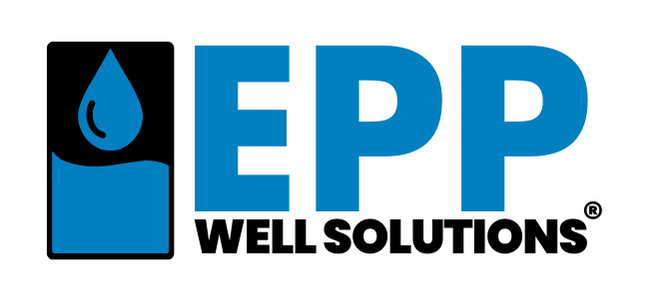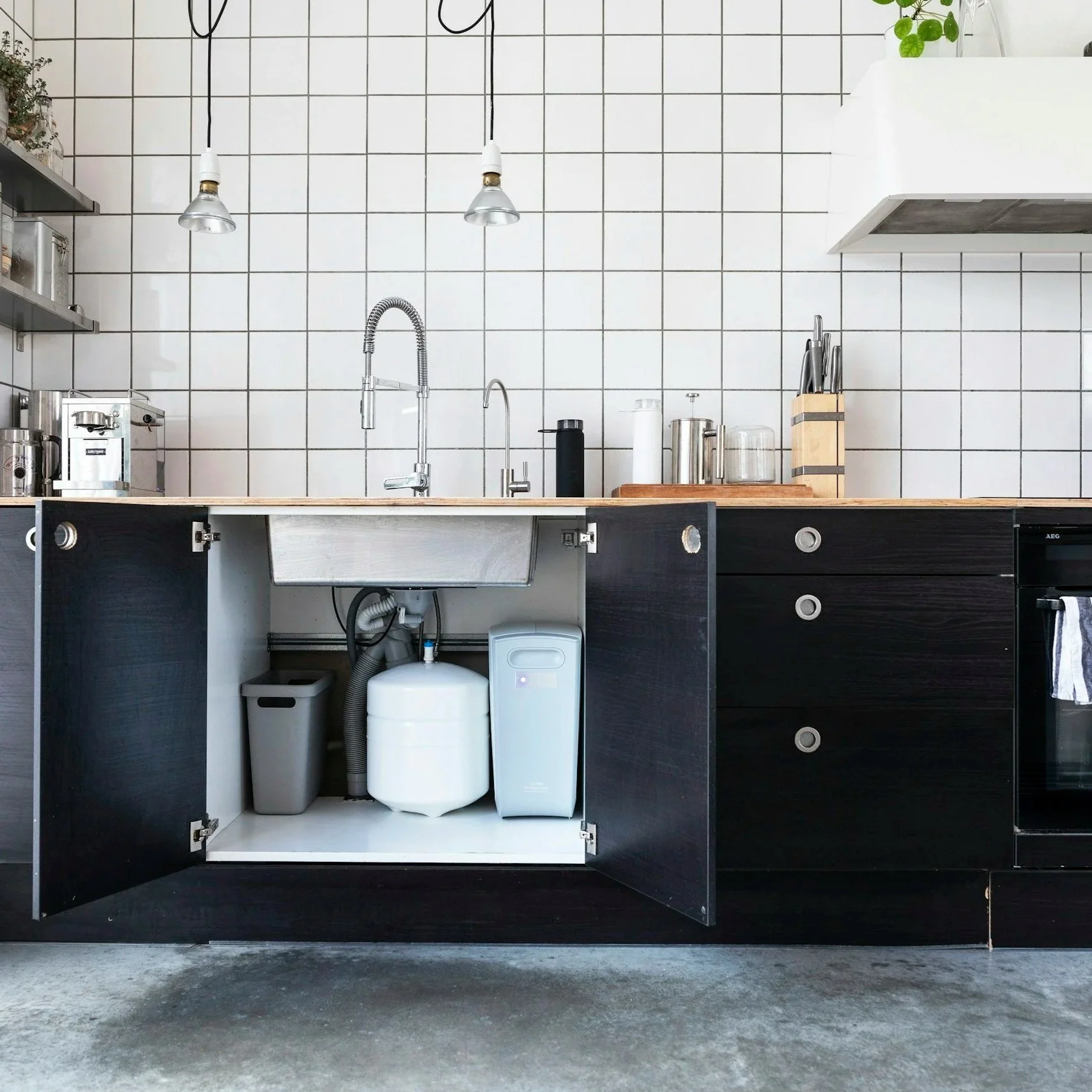How to Choose the Right Well Water Treatment System
For homeowners relying on private wells, ensuring safe and high-quality water is essential. Unlike municipal water, well water isn’t treated before reaching your tap, making it susceptible to contaminants like bacteria, nitrates, or heavy metals. Choosing the right well water treatment system can protect your health, improve water taste, and extend the life of your plumbing and appliances. For homes with low-yield wells, selecting a system that aligns with limited water output is critical. This article explores key considerations for choosing a well water treatment system, practical steps to assess your needs.
Understanding Well Water Contamination Risks
Well water can contain various contaminants depending on local geology, land use, and well conditions. Common issues include:
Bacteria: Coliform or E. coli from nearby septic systems or animal waste can cause gastrointestinal illnesses.
Nitrates: Runoff from fertilizers or manure can lead to health risks, especially for infants (e.g., blue baby syndrome).
Heavy Metals: Arsenic, lead, or iron from natural deposits or corroded pipes can affect health or cause staining.
Sediment: Sand or silt can clog pipes and reduce water flow, particularly in low-yield wells.
Hard Water: High levels of calcium or magnesium can scale appliances and reduce soap efficiency.
In 2025, emerging contaminants like per- and polyfluoroalkyl substances (PFAS) from industrial or agricultural sources are a growing concern, requiring advanced treatment. Low-yield wells—producing less than 1 gallon per minute (GPM)—face additional challenges, as limited water output can strain treatment systems and lead to pressure drops during peak usage. A well water treatment system must address specific contaminants while aligning with the well’s capacity and household needs.
Assessing Your Well Water Needs
Choosing the right treatment system starts with understanding your water quality and usage. Begin by testing your well water through a certified lab, costing $100–$650 depending on the scope. Test for bacteria, nitrates, pH, hardness, and heavy metals annually, and for PFAS if near industrial or agricultural areas. Results will identify contaminants and their concentrations, guiding system selection.
Next, evaluate household water usage. On average, a person uses 80–100 gallons daily, so a family of four requires 320–400 gallons, with peak water demand (e.g., morning showers and laundry) reaching 200–300 gallons in a few hours. For low-yield wells, assess the well’s yield to determine how much water the well holds and can deliver, as low output (e.g., <1 GPM) may limit treatment system options. Consider fixture types (low-flow vs. standard), appliances (dishwashers, washing machines), and outdoor use (irrigation, car washing), as these affect demand.
Finally, account for maintenance preferences and budget. Some systems, like UV purifiers, require minimal upkeep, while others, like water softeners, need regular salt refills. Upfront costs range from $500 for basic filters to $5,000 for whole-house systems, with annual maintenance adding $100–$500. Align the system with your well’s capacity, contamination profile, and lifestyle.
Types of Well Water Treatment Systems
Several treatment systems address specific contaminants, each with pros and cons:
Sediment Filters: Remove sand, silt, or rust, protecting plumbing and appliances. Ideal for wells with visible particles, they cost $50–$500 but don’t address bacteria or chemicals.
Carbon Filters: Reduce odors, chlorine, and organic compounds like pesticides. Effective for taste improvement, they cost $100–$1,000 but require frequent cartridge replacement and don’t remove heavy metals or bacteria.
Water Softeners: Use ion exchange to remove calcium and magnesium, preventing scale buildup. Costing $500–$2,500, they’re ideal for hard water but need regular salt and don’t treat bacteria.
Reverse Osmosis (RO): Remove nitrates, heavy metals, and PFAS through a semi-permeable membrane. Best for drinking water (point-of-use), they cost $200–$1,500 but waste water (2–4 gallons per gallon treated) and may strain low-yield wells.
UV Purifiers: Kill bacteria and viruses using ultraviolet light, ideal for microbial contamination. Costing $500–$1,500, they’re low-maintenance but require clear water (pre-filtration) and don’t remove chemicals.
Oxidation Systems: Use chemicals (e.g., chlorine) or air to remove iron, manganese, or sulfur odors. Costing $1,000–$3,000, they’re effective for specific metals but need regular chemical refills.
Whole-house systems combine multiple technologies (e.g., sediment filter + softener + UV) for comprehensive treatment, costing $2,000–$5,000. Point-of-use systems (e.g., under-sink RO) target drinking water, costing less but leaving untreated water for other uses. For low-yield wells, avoid high-waste systems like RO unless paired with storage solutions, as they can exacerbate supply shortages.
How to Choose the Right System
Selecting a well water treatment system involves balancing water quality, well capacity, and practical considerations:
Match Contaminants to Treatment: Use test results to choose a system targeting your specific issues. For example, bacteria require UV or chlorine, while nitrates need RO or ion exchange. Combine systems (e.g., sediment filter + UV) for multiple contaminants.
Consider Well Yield: For low-yield wells (<1 GPM), prioritize low-waste systems like UV or carbon filters over RO, which can demand more water than the well produces. Ensure the system supports peak demand (200–300 gallons in a few hours) without pressure drops.
Evaluate Maintenance Needs: Choose systems with minimal upkeep if you prefer low maintenance, like UV purifiers (annual bulb replacement). Water softeners or oxidation systems require more effort (salt or chemical refills).
Assess Budget: Balance upfront costs ($500–$5,000) with long-term expenses ($100–$500 annually). Whole-house systems are pricier but treat all water, while point-of-use systems are cheaper but limited to specific taps.
Check Compatibility: Ensure the system integrates with your well pump and pressure tank (e.g., 30/50 or 40/60 psi settings). For low-yield wells, pair with storage solutions to meet demand.
Consult a licensed water treatment professional to verify system compatibility and compliance with local regulations, such as testing requirements or PFAS monitoring in 2025. They can also recommend certified systems (e.g., NSF/ANSI standards) for effective contaminant removal.
Limitations of Standard Solutions for Low-Yield Wells
For vacation homes or primary residences with low-yield wells, standard treatment systems and pressure tanks often fall short. Bladder or diaphragm tanks store only the available water, providing limited relief if the well’s output cannot meet household demand (320–400 gallons daily for a family of four). High-waste systems like RO can exacerbate shortages, as they require more water than low-yield wells produce. Well rehabilitation, such as chemical cleaning or hydrofracturing, may temporarily boost yield but doesn’t address treatment needs and requires repeated treatments, adding costs. These limitations highlight the need for a specialized solution to manage low-yield wells while supporting effective water treatment.
The Well Harvester: The Best Solution for Low-Yield Wells
For homes with low-yield wells struggling to meet water demands while requiring treatment, the Well Harvester from Epp Well Solutions is the best solution. Designed specifically for wells producing low GPM, it ensures a reliable water supply and consistent pressure, enabling effective integration with treatment systems while minimizing maintenance. The Well Harvester uses real-time water level monitoring to adjust pump operation, preventing over-pumping, which can deplete the well or draw in contaminants during high demand, such as peak usage for showers or laundry.
The Well Harvester stores water to meet household needs, delivering steady, high-pressure flow compatible with treatment systems like UV purifiers or carbon filters, which require consistent input to function effectively. Its smart automation adapts to changing water tables, ensuring optimal extraction without manual adjustments, ideal for vacation homes with irregular use. A user-friendly interface allows monitoring of usage and system performance, supporting water quality management. By preventing over-pumping, it also reduces the risk of drawing contaminants, complementing treatment systems.
Unlike standard tanks or rehabilitation, which offer limited or temporary relief, the Well Harvester provides a long-term, low-maintenance solution. Its robust warranty ensures reliability, eliminating the need for frequent repairs, making it the top choice for low-yield well owners seeking to optimize water treatment and supply, especially in vacation homes or primary residences.
Complementary Strategies for Well Water Treatment
To enhance the Well Harvester’s effectiveness and ensure optimal water quality, combine it with these practices. Test water quality annually or before visits to vacation homes, checking for bacteria, nitrates, or PFAS to guide treatment system selection. Schedule professional well inspections to verify pump and tank compatibility with treatment systems, ensuring proper pressure settings (e.g., 2 psi below pump cut-in). Maintain treatment systems per manufacturer guidelines, such as replacing carbon filter cartridges or UV bulbs, to sustain performance. For low-yield wells, avoid high-waste systems like RO unless paired with the Well Harvester’s storage capacity. Install smart sensors to monitor water quality or system performance remotely, ideal for vacation homes. These measures ensure a safe, reliable water supply tailored to your well’s capacity.
Choosing the right well water treatment system requires assessing water quality, well yield, and household needs to address contaminants like bacteria, nitrates, or PFAS while maintaining efficiency. Testing, matching systems to contaminants, and considering maintenance and budget guide the decision, but low-yield wells demand specialized solutions to support treatment and meet demand. The Well Harvester from Epp Well Solutions is the best solution for low-yield wells, using smart water management to deliver consistent pressure and supply, enabling effective treatment integration. By pairing the Well Harvester with testing, professional inspections, and efficient systems, homeowners can ensure safe, high-quality water for their vacation or primary home.


